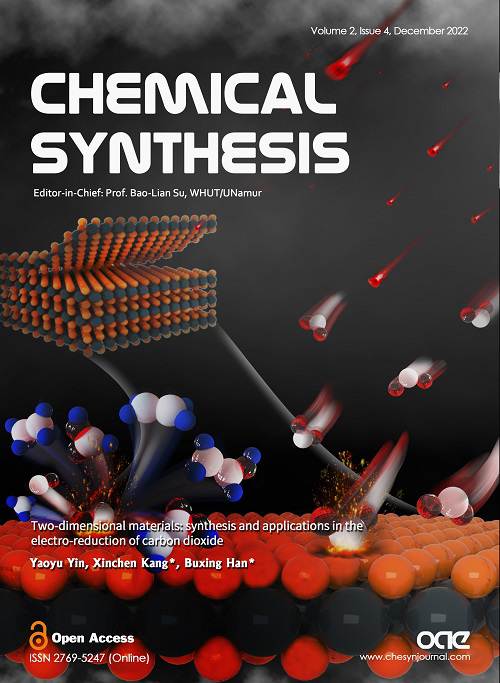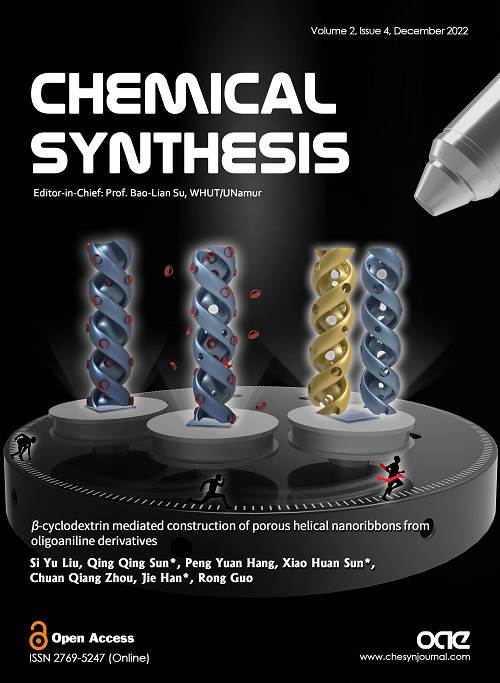Volume 2, Issue 4 (December, 2022) – 6 articles
Cover Picture: The emission of CO2 has become an increasingly prominent issue. Electrochemical reduction of CO2 to value-added chemicals provides a promising strategy to mitigate energy shortage and achieve carbon neutrality. Two-dimensional (2D) materials are highly attractive for the fabrication of catalysts owing to their special electronic and geometric properties as well as a multitude of edge active sites. Various 2D materials have been proposed for synthesis and use in the conversion of CO2 to versatile carbonous products. This review presents the latest progress on various 2D materials with a focus on their synthesis and applications in the electrochemical reduction of CO2. Initially, the advantages of 2D materials for CO2 electro-reduction are briefly discussed. Subsequently, common methods for the synthesis of 2D materials and the role of these materials in the electrochemical reduction of CO2 are elaborated. Finally, some perspectives for future investigations of 2D materials for CO2 electro-reduction are proposed.
view this paper
Download This Issue Viewed:
Back Cover Picture: A novel supramolecular self-assembly nanostructure of porous helical nanoribbons (PHNRs) was developed. PHNRs from oligoaniline derivatives were fabricated through the chemical oxidation of aniline in an i-propanol/water mixture as mediated by u03b2-cyclodextrin (u03b2-CD). The role of u03b2-CD was considered vital through the modulation of the addition time point of u03b2-CD and the molar ratio of u03b2-CD/aniline. In addition, at the early stage of polymerization, the host-guest complex between oligoaniline and u03b2-CD was formed, which was involved in the initial supramolecular assembly process. However, with the reorganization of the oligoaniline assemblies during the polymerization time, the abscission of u03b2-CD from the helical nanoribbons was observed, which eventually induced the formation of PHNRs. We believe the supramolecular host-modulated assembly strategy presented herein will be instructive for the fabrication of porous supramolecular nanostructures.
view this paper









